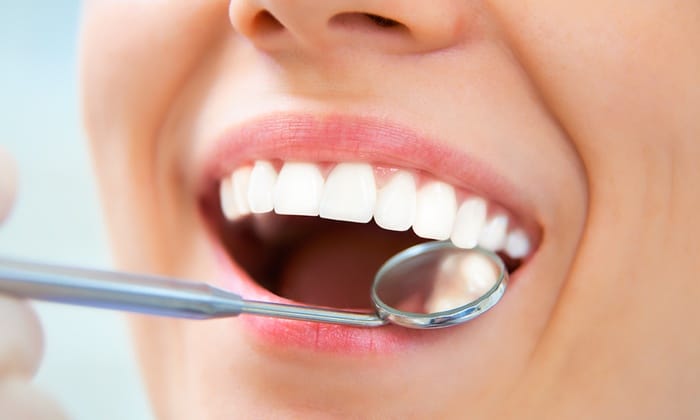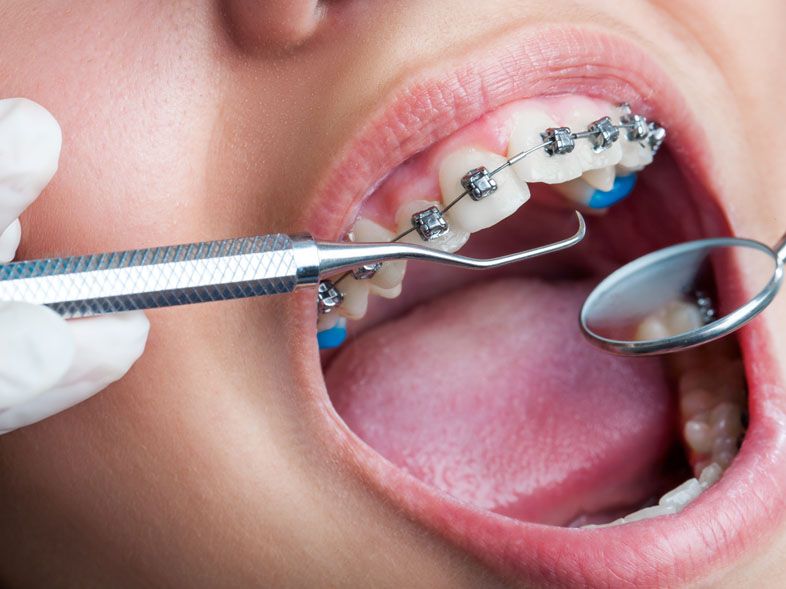How Can An Orthodontist Fix Problems Like A Crossbite?

Like most people, do you also struggle with having a full understanding of exactly what a crossbite is, or is it a common problem in your family? If this is the first time you are hearing about the term “crossbite,” you should know that there are two common types, and each one leads to Temporomandibular joint dysfunction and jaw pain, the other issues to relate to receding gums as well as loose teeth.
A crossbite often occurs in the back of the mouth, and this goes with the name “posterior crossbite,” in the front, it’s the “anterior crossbite.” This condition could just affect one tooth or even multiple teeth. It develops due to the problem where the tooth bud points in the wrong direction, or doesn’t have enough space for the teeth to grow out.
In most cases, when a patient closes his or her teeth, this may result in occlusion. An experienced orthodontist, one who goes through orthodontic continuing education will detect this in their patient, where the upper teeth turn over the top of the lower. However, in a crossbite refers to when the upper teeth end up inside the lower set of teeth.
This condition could lead to health issues, like difficulty while chewing, but the good news is that it is a treatable one. Now, there are several treatment and correction options that are available, and as you go through this post, it should guide you well.

Dentist
The Best Explanation of a Crossbite
You should know that the official, medical or you can say, the clinical definition of a crossbite it the abnormal relation of one or more teeth of one arch to the opposing teeth or tooth of the other arch, caused by the abnormal position of the jaw or tooth position.
When you enrol in continuing education or progress in Gerety Orthodontic Seminars, you will learn that a crossbite actually occurs when there is some kind of misalignment in the upper set of teeth, compared to the lower teeth. This may be a hereditary problem, but it could also occur later in time. If this occurs, the new set of teeth that actually come in will now be able to grow properly; this would result in different issues like misalignment.
However, crossbites in most cases are genetics issues. If in case, your parents had this problem before, the chances are, it passed down all the way to you.

What are the Main Causes of Crossbites
The common causes of crossbites narrow down to some hereditary reasons, abnormal tooth eruption, or delayed tooth eruption. Some studies also show that mouth breaking and thumb sucking lead to crossbites.
Abnormal Tooth Eruption
Where adult teeth come in, or normal eruption of tooth delays, the corresponding teeth on the opposite side of the jaw will not meet with the other side. This will eventually lead to this problem of having an abnormal eruption of teeth.
Hereditary
As mentioned above, this could also be a hereditary problem, where the lower jaw becomes wider than the one in the upper jaw bone. Try to imagine what this may look like and you will get an idea of how misalignment could affect your lower and upper jaw teeth.
The Treatment Options
Keep in mind that the best possible time for the correction of misaligned teeth or bites is when you are a child or a teenager, but this doesn’t mean there aren’t other treatment options. The treatment of this condition often includes the use of orthodontic appliances to adjust the teeth, jaw, or the palate. The common options for treatment include:
Braces: A treatment in itself, the use of braces helps to straighten the teeth and fix the lower and upper teeth to help the teeth get back to their actual shape.
Removable Expander: Adults can choose to wear this device at night times, which will help to widen the upper palate. However, this is appropriate for minimal expansion.
Maxillary Expander: When you consult an orthodontist with enough training in orthodontic continuing education, they will attach a device placed on the palate and upper teeth, which should widen the upper mouth palate gradually with consistent turns of a key on the appliance. However, this treatment option is most effective in children whose palates are still in their growing phase.
A crossbite can cause problems when chewing meals, but the good thing is there are options to treat it. Just make sure that you consult the right experienced orthodontist orthodontists in your area. Seek their advice, research well on your own, and then make the final decision on what treatment option to choose.
